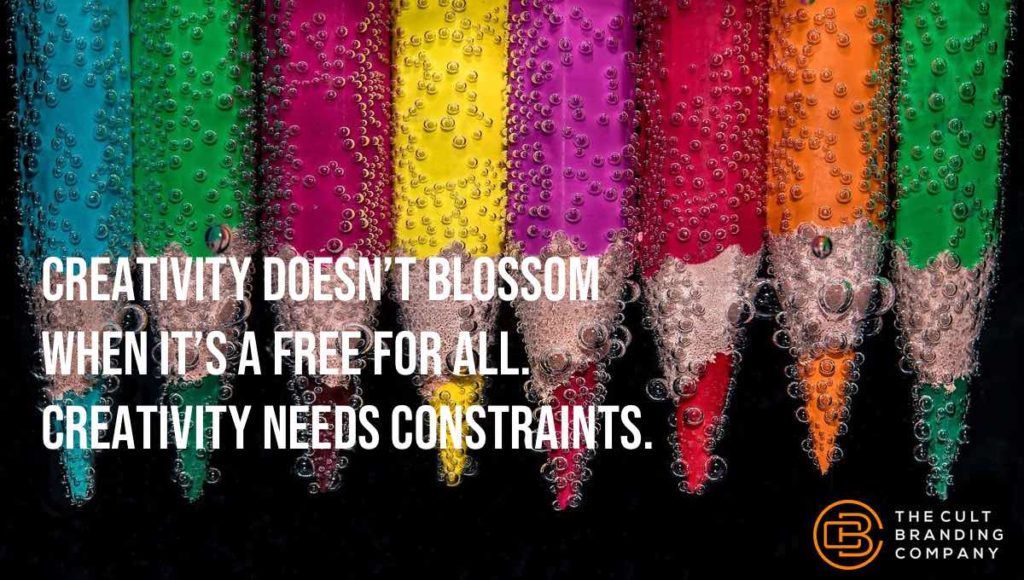
Educational systems tend to place an emphasis on a way of doing things, rather than giving the tools necessary to complete the task. I remember several arguments with my high school English teachers. They would insist on a particular interpretation of a passage—usually heavily influenced by Freudian interpretations that reduced everything to a narrow range of possible meanings.
In retrospect, it’s probably not surprising. My English teachers were educated in an age where deriving meaning from text and subtext was heavily influenced by Freud. Their teachers probably gave them the standard readings and expected them to repeat them on the tests. They weren’t encouraged to find their own interpretations, so how could we expect them to act any different towards us?
In biology, at a conceptually opposite end of the education spectrum, the experience is generally no different. Most people get a job in a lab, then pursue PhD research along the same lines and end up carrying the mantle of whatever researcher they apprenticed under. It’s not surprising that the majority of biologists are researching some protein eight steps down a cascade chain, waiting for the next new thing to open up in their field so they can jump on discovering protein four of that cascade. Generally, there is a lack of big ideas.
The Apple Tree Problem
Imagine a tree on a hill accompanied by a group of people who have no knowledge of botany or horticulture; they can only describe what they see. A person observing the tree from a distance will be able to say it looks like a tree of such and such a height, the leaves are green, and the trunk is brown. A person a bit farther up the hill will say well a certain section of the leaves are brown, and the trunk has ridges. As people get closer and closer to the tree they will only be able to better describe things they already know about. But no matter how close they get, they can’t get any truly new information about the tree. They’re stuck in a single way of looking at the tree: get closer and closer until you can describe it better. This is pretty good analogy of the way science generally operates.
Now imagine a new person looks at the tree, but instead of getting closer, they step around the other side. What do they see? A red, spherical object. This is something new that no one could describe before and never would if they never bothered to look at the other side of the tree. The person is still solving the same problem (the same box)—describing the tree—but they’re taking on a differerent perspective, leading to new solutions.
This is the way most creativity works: making associations to create ideas that weren’t there before. In this case it’s applying “walk around the object” to a domain where people are only using “walk toward the object.”
In Search of Big Ideas
At the other end of the spectrum is “out-of-the-box” thinking. This was championed in many circles, especially business ones, as a way to unleash creative impulses and come up with the next big thing. When you think out of the box, anything goes.
But, the truth is that it’s as ineffective in generating great solutions as is giving people a single set of tools to solve problems. When anything goes, it tends to block people from generating any ideas as they don’t know in which way they should start thinking about a problem.
Creativity doesn’t blossom when it’s a free for all. Creativity needs constraints.
The Creative Paradox
Creativity is a paradox: it requires an odd blend of open idea generation but with the restriction to a specific problem with specific constraints. It requires new ways of seeing the same problem.
Great Cult Brands are exemplars of creativity, giving us new ways to think about old businesses: Harley-Davidson gave us new ways to think about motorcycles, Apple about computers, and Oprah about talk shows. They moved beyond business as usual and industry status quo, and in doing so, they entered into their customers’ hearts.
What sort of boxes are you using in your organization? Are they turn-by-turn roadmaps or do they allow people to map their own course to the destination, with room for detours on the way?
